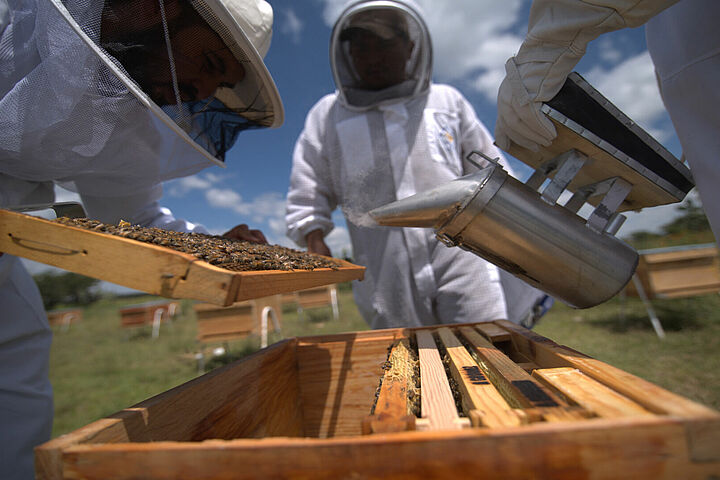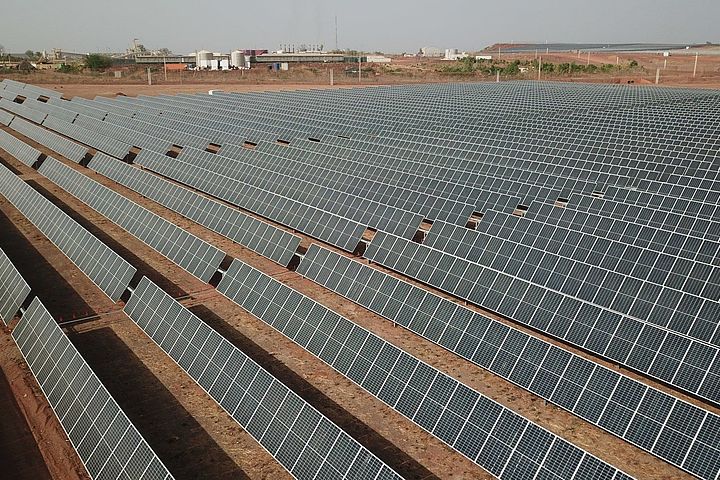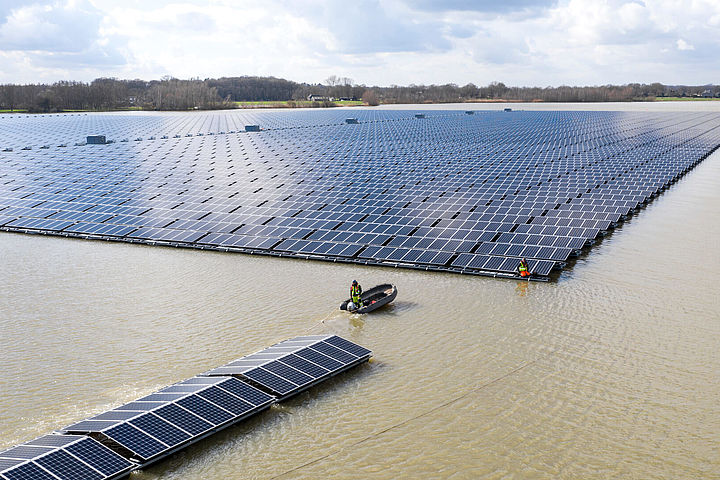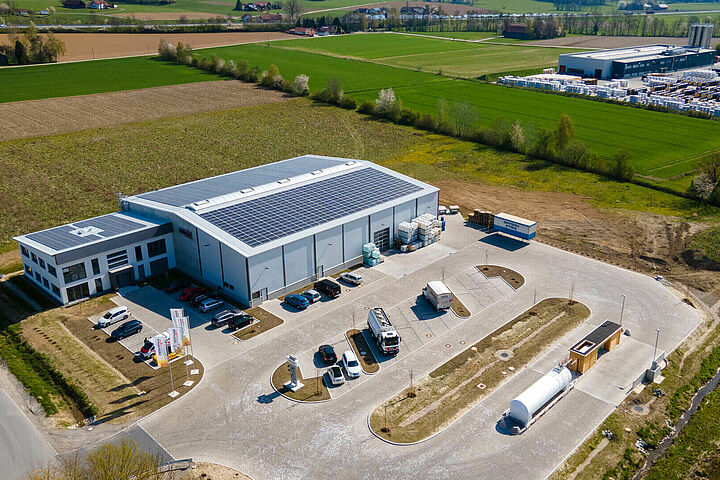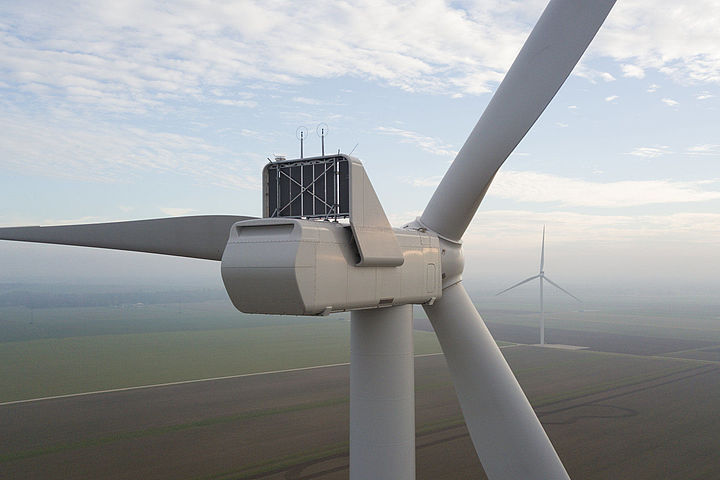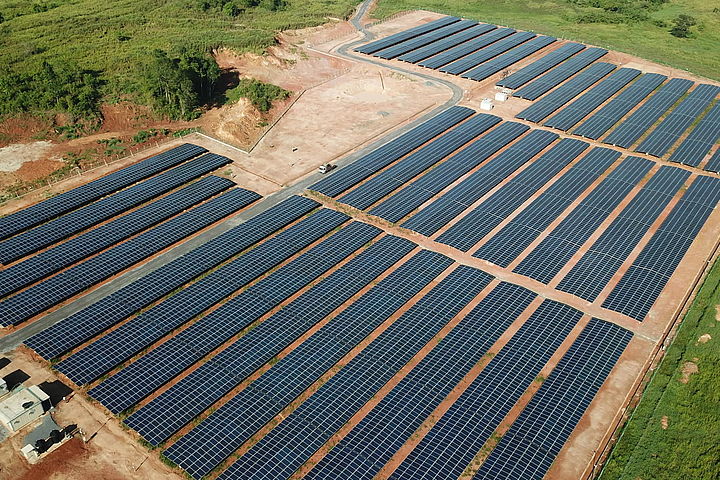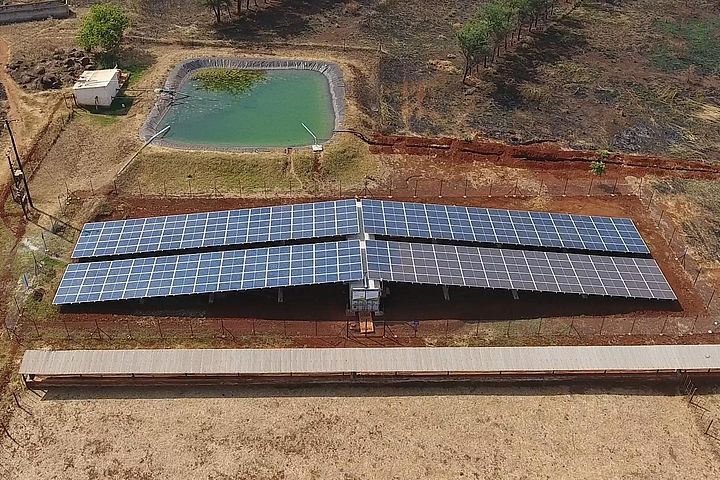Solar powering Western Australia’s remote homes
01—
Setting the scene
Delivering a safe and secure power supply to a region that covers an electricity network of around 100,000km and consists of some 800,000 power poles is a challenging task for any utility.
Over the last couple of years, Western Power has embarked on a mission to improve the power supply service to customers in this remote part of Australia, which are usually fed by long power lines.
These can sometimes stretch for 100s of kilometres and serve just a handful of customers. Currently, 50% of Western Power’s overhead distribution network serves less than 3% of the region’s population – a network that is exposed to the extremes of weather and prone to frequent outages.
Western Power felt there had to be a better way of delivering electricity to customers in a reliable, safe way. The company undertook an initial trial supported by BayWa r.e., to test the viability of installing utility-grade stand-alone power systems (SPS) comprising solar panels, power electronics, batteries and back-up generators, and is now rolling out the trial more widely to hundreds of homes.
02—
The challenge
Western Power has identified 1,000s of potential sites suitable for SPS systems and is now rolling out its programme in stages. BayWa r.e. has successfully completed the first seven sites and is currently monitoring performance on a custom-developed online monitoring platform to ensure 24/7 power supply certainty.
100% customer satisfaction is at the heart of Western Power’s service approach which meant that our engineers had to be extra diligent when designing the stand-alone power systems. We had to ensure that we took extra care of site-specific requirements and also incorporated utility-grade power quality factors into our system design.
All elements of our design were then tested meticulously offsite before the systems were deployed with follow-up testing after they were installed on-site.
Alongside the technical challenges, there were also logistical hurdles which had to be overcome. These included detailed project plans to ensure a smooth installation process and special attention to safety of the installation team which had to work under intense heat conditions in remote locations.
03—
The result
Energy Networks of Australia says SPS are 15 times more reliable and safer than traditional poles and wires, and all trial customers are happy with their power supply which is now close to comprising 100% renewable energy. This is good news for Western Power as it proves it has made the right decision.
We’ve already seen great enthusiasm and a desire to learn about hybrid power systems and the intricacies of the components which make up a standalone system, and this training will continue to be needed.
The transition to renewable energy systems will enable Western Power to be at the forefront of the trend for distributed energy and microgrids within electricity networks. This will bring financial benefits and enable staff to learn valuable skills, supporting their personal and professional development.
Although the trial is still in its early stage, we believe that the financial outcome will be beneficial both for Western Power and its owner, the State of Western Australia.
BayWa r.e. has also learned much from this project and has already implemented new design elements as a result.

BayWa r.e. is really pleased to be playing its part in taking Western Power’s customers off grid. It’s an exciting solution that delivers a win-win result for customers, Western Power and taxpayers alike, all achieved with renewable electricity at its heart.







